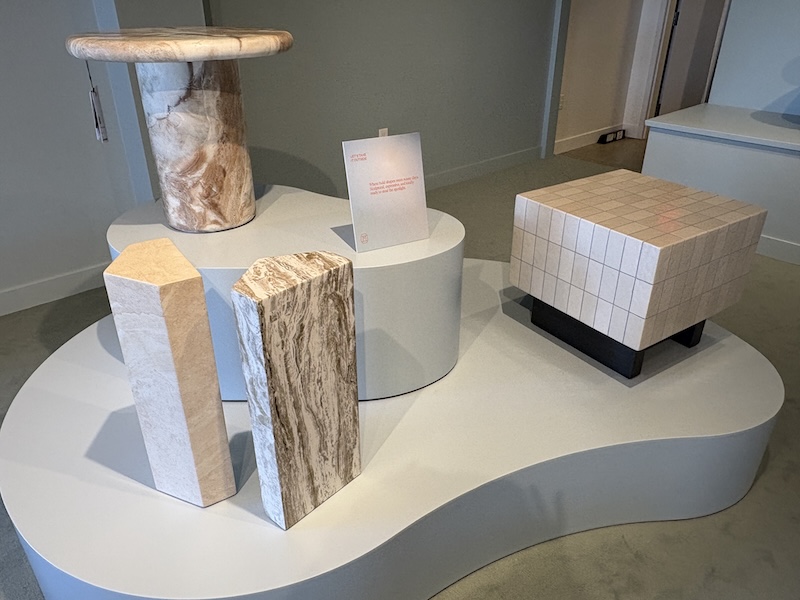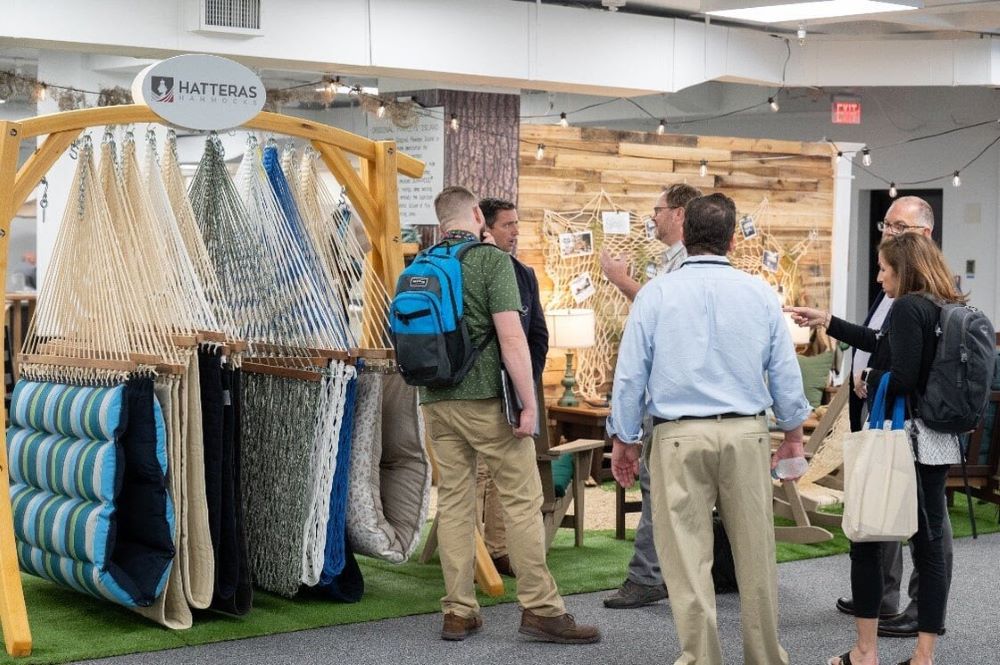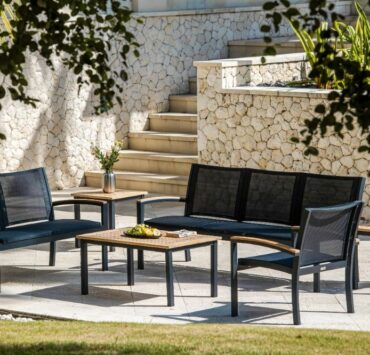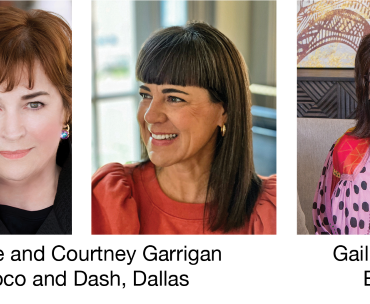
Since it began more than 20 years ago, Dunagan Diverio Design Group in Coral Gables, Florida, has considered the outdoors as an important part of its overall design focus.
Founder Charlotte Dunagan says that became even more important when homeowners began using outdoor spaces more during the pandemic. Today, that’s translated into taking interior design outside as part of all the firm’s projects.
“It increases the living space for our clients and creates a serene space for relaxing, entertaining or dining,” says Dunagan. “We also try to integrate the spaces with the surrounding nature.”
Nature can be one of the biggest challenges in design.
“Outdoor environments can be harsh, with exposure to elements such as sunlight, rain, wind and saltwater in coastal areas,” she says. “This requires careful selection and vetting of materials to ensure they can withstand these conditions and maintain their appearance and functionality over time.
“Another challenge is integrating the outdoor space with the existing architecture and landscape. It’s essential to create a cohesive design that complements the overall aesthetic of the property while also maximizing the usability and enjoyment of the outdoor area. Additionally, balancing functionality with aesthetics can be challenging. Outdoor spaces need to be both beautiful and practical, providing comfort and convenience for activities such as entertaining, dining and relaxation.”
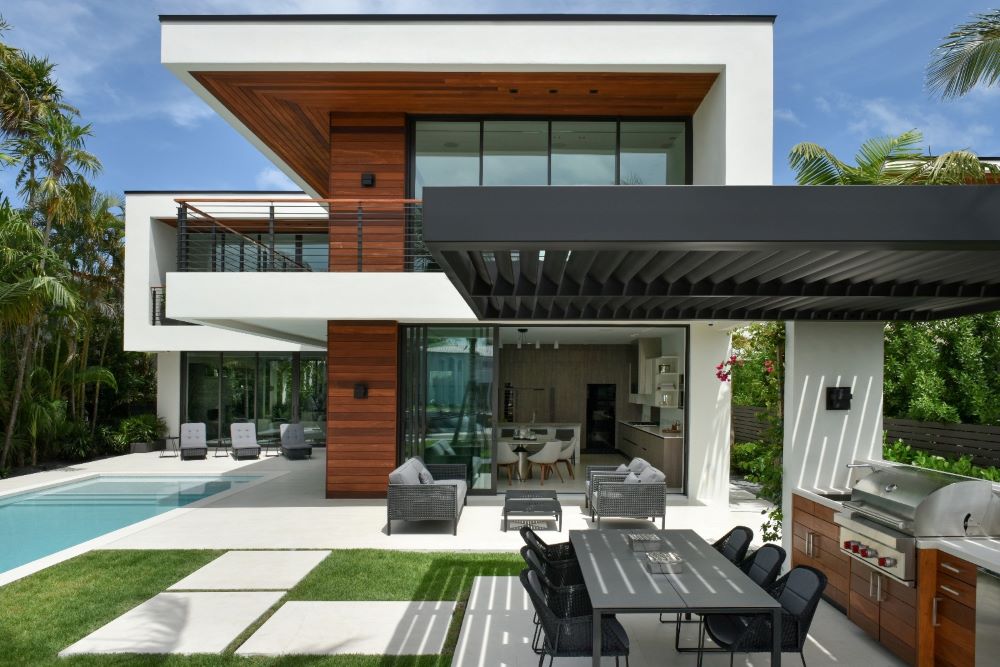
Dunagan says she is seeing more interior designers incorporate the outdoors in their offerings.
“This trend has been especially prominent during and after the pandemic,” she says. “As people spend more time at home, they have begun to place greater importance on their outdoor spaces, seeking to create functional, comfortable and aesthetically pleasing environments for relaxation, entertainment and everyday living. The demand for outdoor kitchens, pavilions and versatile outdoor living areas has grown significantly.
“Clients are increasingly interested in maximizing the use of their gardens, terraces and patios, transforming them into extensions of their indoor living spaces. This shift reflects a broader appreciation for the benefits of outdoor living, including the opportunity to connect with nature and enjoy a healthier lifestyle.
“Interior designers are well-suited to take on these projects because they can bring their expertise in creating cohesive, harmonious spaces that reflect the client’s personal style and needs. By integrating interior and exterior design, they can ensure a seamless transition between indoor and outdoor areas, enhancing the overall functionality and beauty of the home.”
Dunagan says that in a relationship between a designer and a manufacturer, the most important thing is trust — that designers know manufacturers that they can trust. The best manufacturers know how durable their products are — and are full partners with designers.
“They offer robust support services, and being available for consultations can significantly enhance the collaboration process,” she says. “Timely updates on new products and innovations are also invaluable, helping designers stay ahead of trends and ensure the longevity and durability of their designs.”
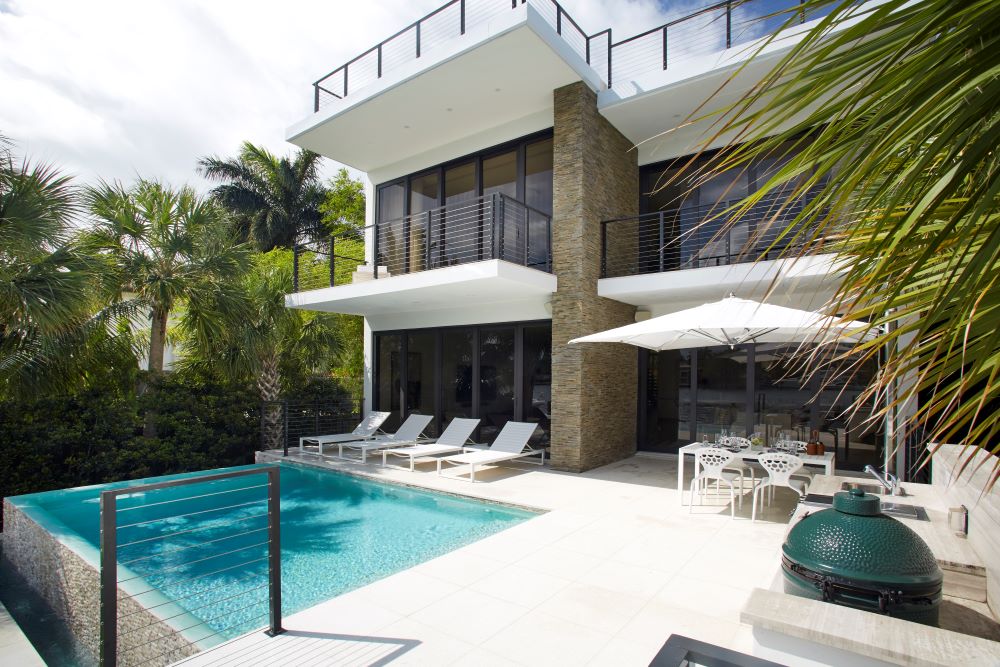
For their part, manufacturers can better support designers by providing a comprehensive education of their products, including detailed specifications and care instructions.
“This ensures that designers can make informed decisions about which products will perform best in specific environments,” says Dunagan.

And designers can learn more about outdoor products and materials by reading publications, both print and digital; by discovering new products and staying updated on industry trends; and by attending trade shows, showroom events and industry conferences to have hands-on experiences and opportunities to see products in person.
“Additionally, participating in webinars and workshops hosted by manufacturers and industry experts can offer in-depth insights and practical knowledge,” says Dunagan. “Networking with peers and joining professional organizations can also facilitate the exchange of valuable information and experiences.”
Any advice for designers who are starting to take on outdoor projects?
“For designers new to exterior design, thorough research and due diligence are crucial,” she says. “It’s important to understand the unique challenges of outdoor environments and to select materials and products that can withstand various weather conditions. Collaborating with experienced professionals and seeking mentorship can provide valuable guidance.”


